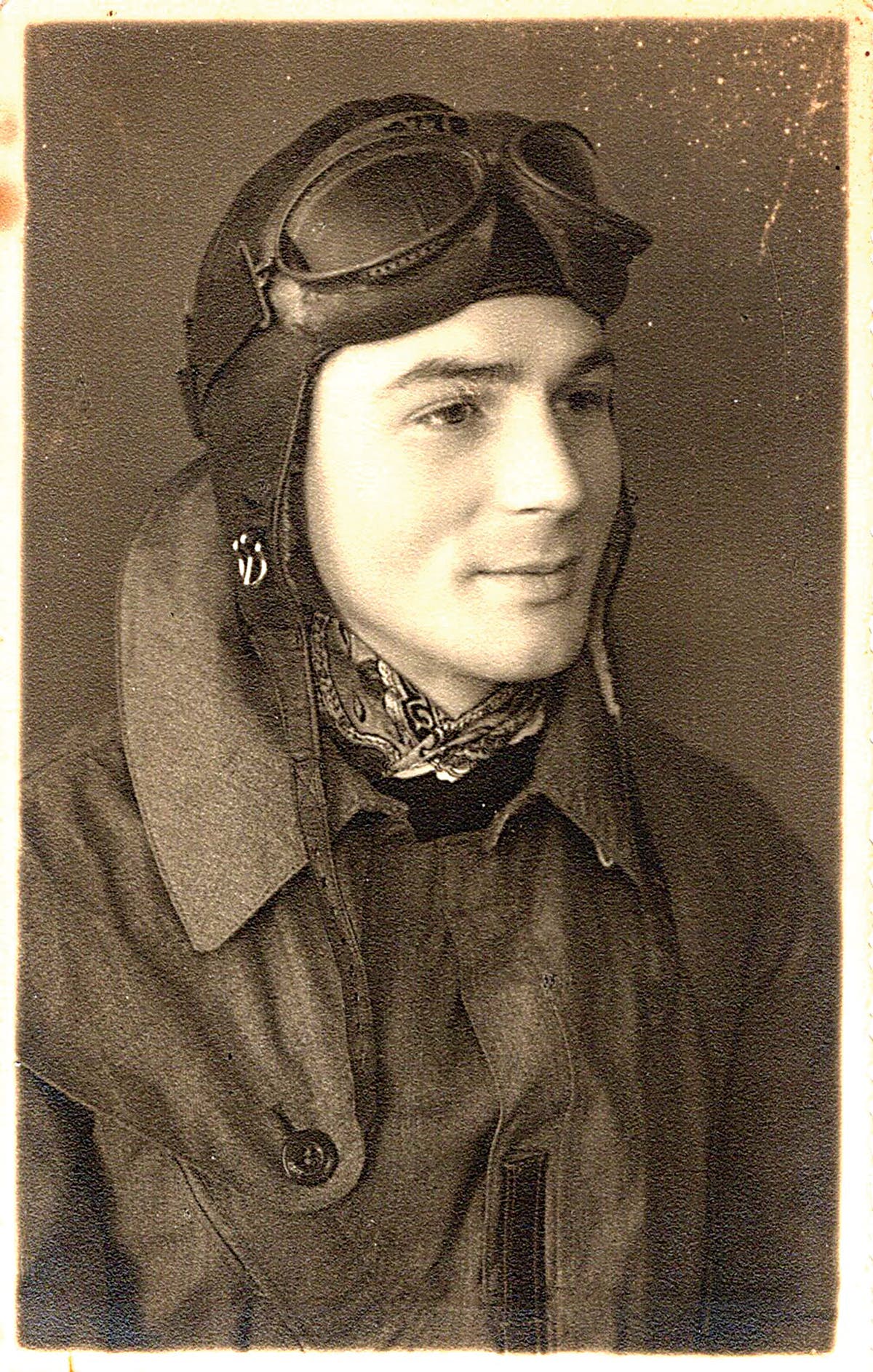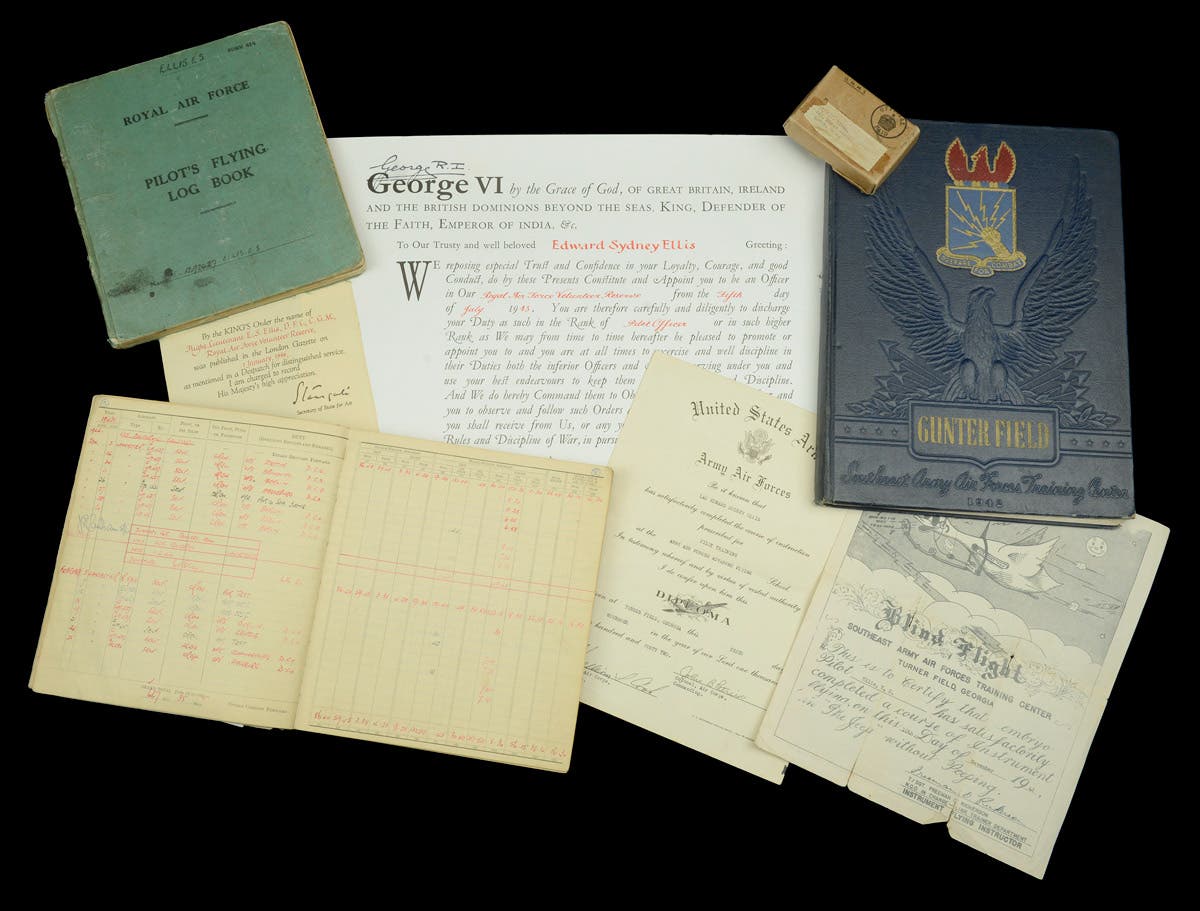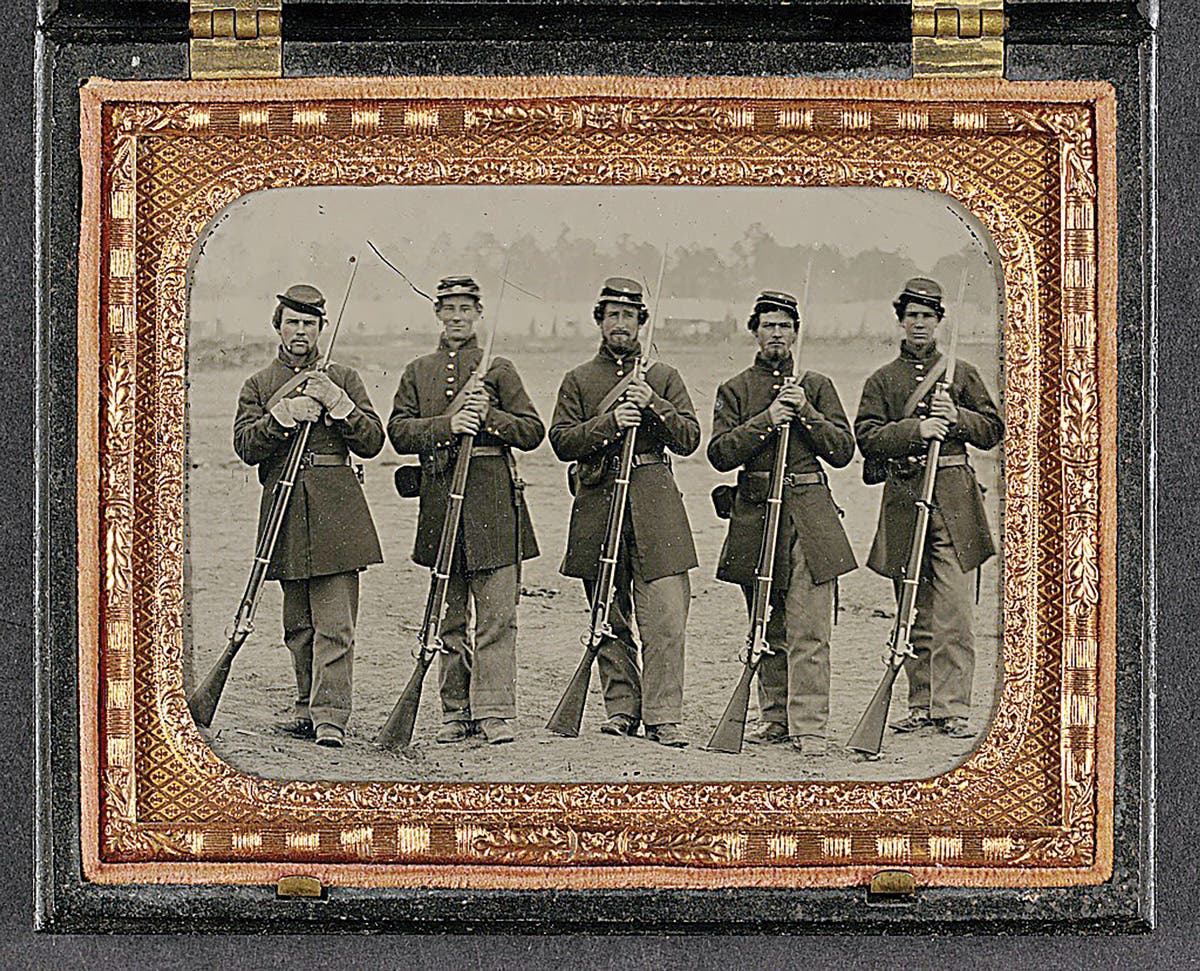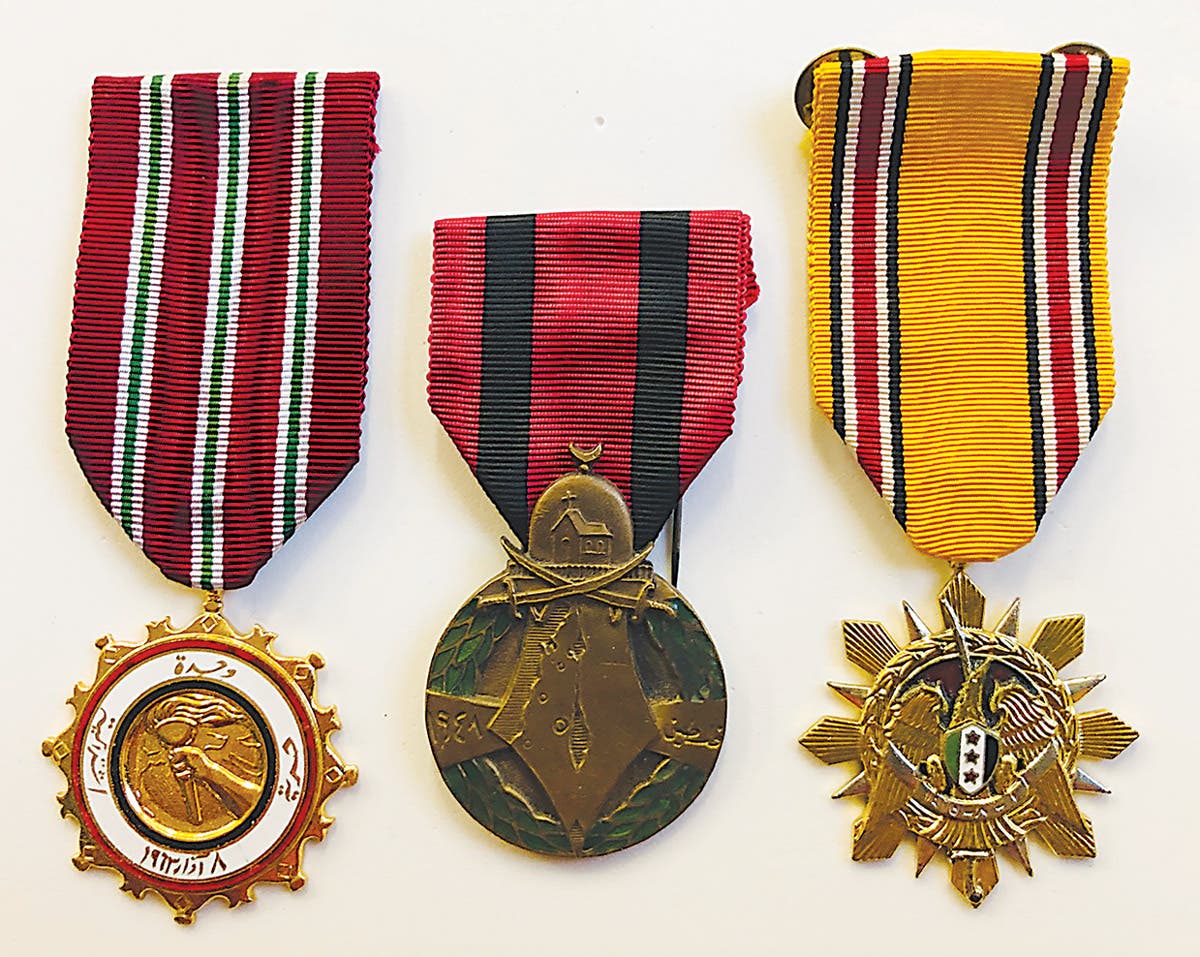The French Armistice Army Insignia
By Article 4 of the Armistice Treaty, the French Government was allowed to raise a reconstituted army, to be known as the Armistice Army (L’Armee de l’Armistice), to preserve order in continental (unoccupied) France and North Africa. Retaliating for the hated Treaty of Versailles, which had limited the German Army to only 100,000 men, Hitler initially imposed the same limitations on the Armistice Army, but later some increases were allowed. The Armistice Army eventually numbered 170,000 men in unoccupied France and North Africa. Little is known of this army, which has been largely ignored by histories of World War II.
When the vaunted French Army was routed and devastated by the German Army and Air Force in 1940, more than 2 million men were taken prisoner and spent the rest of the war imprisoned in Germany. As the French Army and government collapsed, President Lebrun called upon the 84-year-old First World War "Victor of Verdun" Marshal of France Philippe Henri Petan to form a government to deal with the situation. Petan immediately realized that the situation was hopeless and requested an armistice from Hitler. Having been gassed in combat in France in the first World War, Hitler had his revenge by forcing the French to sign the armistice they requested, on June 22, 1940, in the same railway car and on the exact spot where the Germans were forced to sign the armistice that ended the First World War.
Infantry -- Red grenade. Photo by Ron Leverenz, Doughboy Militaria
However, Hitler's peace terms were surprisingly generous. France was divided into two zones. The northern zone was to be occupied by the Germans, while the southern zone was to be unoccupied by Germany and administered by the French. Mussolini, who had entered the war after the French had been defeated, had designs on Tunisia, but was fobbed off by Hitler. Petan headed a quasi-facist state with its capital in Vichy, a famous spa town -- although universally known as "Vichy France" the actual name was the French State (L'Etat Francais.)
Hitler hoped that Petan's collaborationist government would declare war on Great Britain, France's "traditional enemy," so that the formidable French fleet could confront the Royal Navy at sea and the troops in France's far-flung empire could cause havoc around the globe. His wish was not to be. Although Vichy France was anti-British, anti-Communist and anti-Semitic, it was not pro-German. Despite the destruction of much of the French Fleet by the Royal Navy at Mers-el-Kebir and the invasion of France's North African possessions by the Americans and British, war was never declared on the Allies.
Artillery -- Crossed cannons. Photo by Ron Leverenz, Doughboy Militaria
At first, Petan was convinced that Germany would win the war and was trying to make the best of the bad situation that he found himself in. However, as the war progressed, Vichy became more subservient to the Germans and Petan, who harbored resentment against the Jews because of the "Dreyfus Affair," which brought well-deserved shame upon the French Army. It allowed his French militia (Milice Francaise) to enthusiastically round-up Jews to be handed over to the Nazis and sent to the extermination camps (if they survived the beatings administered by the "Milice"). Vichy became more and more a German protectorate as the war situation deteriorated for the Axis.
Zouaves -- Red crescent moon. Photo by Ron Leverenz, Doughboy Militaria
By Article 4 of the Armistice Treaty, the French Government was allowed to raise a reconstituted army, to be known as the Armistice Army (L'Armee de l'Armistice), to preserve order in continental (unoccupied) France and North Africa. Retaliating for the hated Treaty of Versailles, which had limited the German Army to only 100,000 men, Hitler initially imposed the same limitations on the Armistice Army, but later some increases were allowed. The Armistice Army eventually numbered 170,000 men in unoccupied France and North Africa. Little is known of this army, which has been largely ignored by histories of World War II.
Cavalry -- A 5-pointed star in blue. Photo by Ron Leverenz, Doughboy Militaria
Attractive insignia woven of both cotton and rayon were designed for the Armistice Army. They consisting of a shield, bordered gold, 92 mm high by 80 mm wide, with three vertical bars of blue, white and red, forming the French flag. In the center of the white portion was a symbol indicating the military unit or branch. The French summer uniform consisted of khaki shorts and a khaki short-sleeved shirt with the insignia worn on the shirt pocket. It was also worn on the sport shirt and some photographs show it being worn on other uniforms.
Garde Mobile -- A white imperal eagle on a black shield. Photo by Ron Leverenz, Doughboy Militaria
The Armistice Army symbols in the white portion were:
INFANTRY -- A grenade of five flames, in red.
CAVALRY -- A star of five points, in blue.
ARTILLERY -- Two crossed cannon barrels with a flaming grenade in the center, all in yellow.
COLONIAL TROOPS -- A fouled anchor, in red.
FOREIGN LEGION -- A grenade with seven flames, in green.
ALGERIAN TROOPS -- The "Hand of Fatma" (Le Man di Fatma), in red.
TUNISIAN TROOPS -- A crescent moon, in yellow.
MOROCCAN TROOPS -- A star of six points, fretted, in green.
ZOUAVES -- A crescent moon, in red.
CHASSEURS -- A hunting horn, in red.
CHASSEURS ALPINS -- A hunting horn, in green.
GARDE MOBILE -- A white Imperial Eagle, on a black shield.
ENGINEERS (Pioneers) -- A cuirasse and helmet, in yellow.
ENGINEERS (COMMUNICATIONS) A star of five points, in the center of six horizontal lightning bolts, all in yellow.
After the Allies landed in North Africa in "Torch," and the disappointing (to the Germans) French defense of their colonies, Hitler, on Nov. 26, 1942, demanded that Marshal Petan dissolve the Armistice Army, which was done on Nov. 29. The Germans then occupied all of France.
Petan's government survived under German occupation and, as France was being liberated, officials fled to Sigmaringen, Germany, only to be arrested at the end of the war and tried as traitors.
The Armistice Army existed for a little over two years (1940-1942), which fact makes the army's insignia difficult to find.
Clem graduated from Jesuit Catholic Preparatory School in New Orleans in 1948, joined the US Navy Reserves, served in the US Army Signal Corps during the Korean War and attended the US Merchant Marine Academy.
He served 30 years aboard numerous merchant ships which allowed him to pursue his childhood passion of collecting military insignia. During his seven years of sailing in and out of Vietnam, Clem acquired an unimaginable collection of Vietnam War insignia. Every country’s port was a gold mine of tailor shops and junk stores.
In 1989, Clem took over the Vietnam Insignia Collectors Newsletter from Cecil Smyth. He quickly became the de facto overseer of the hobby.
Clem contributed numerous articles on various military insignia to Military Trader and Military Advisor. Clem died at the age of 87 on 3 February 2018. His knowledge and expertise will be missed. He will long be remembered. — Bill Brooks








